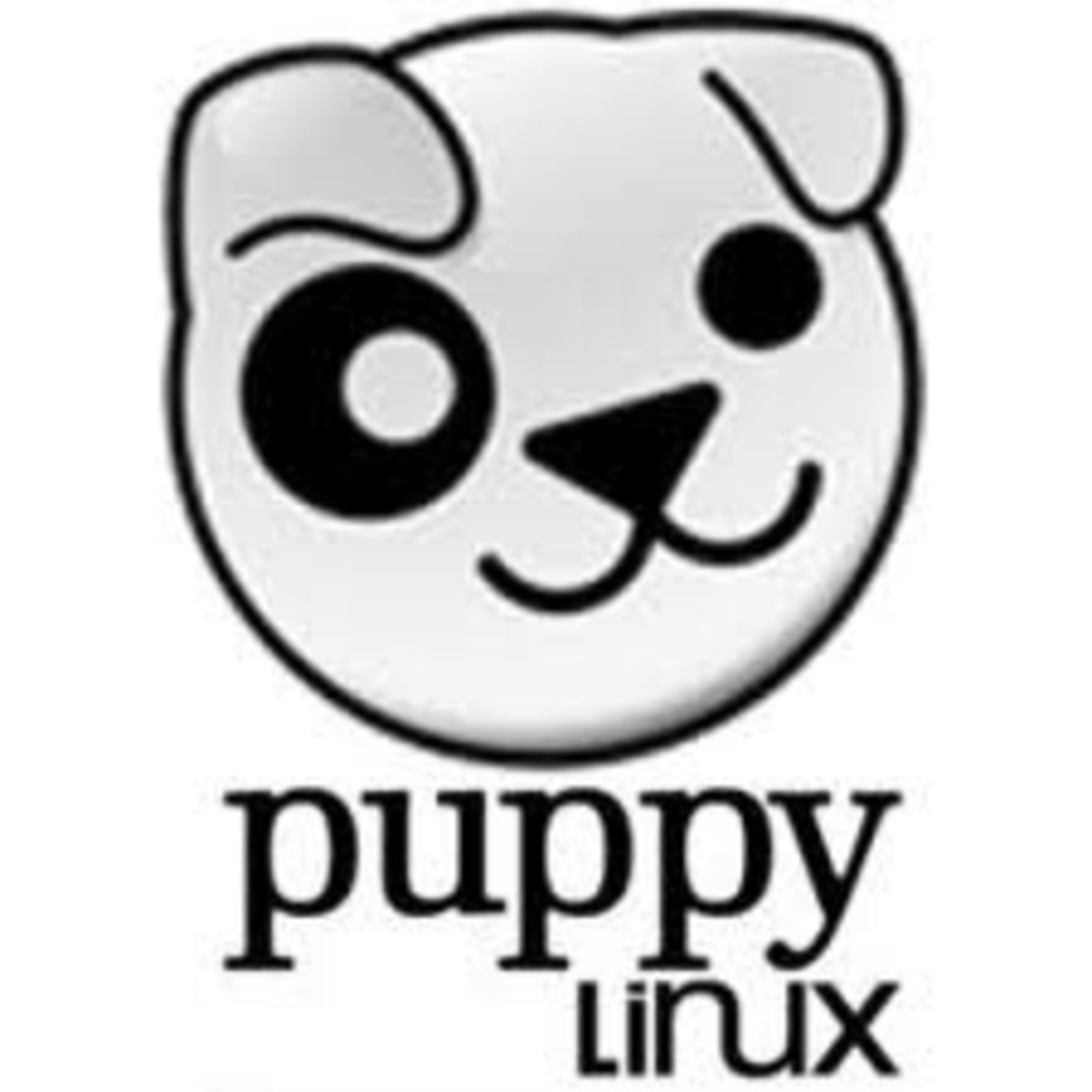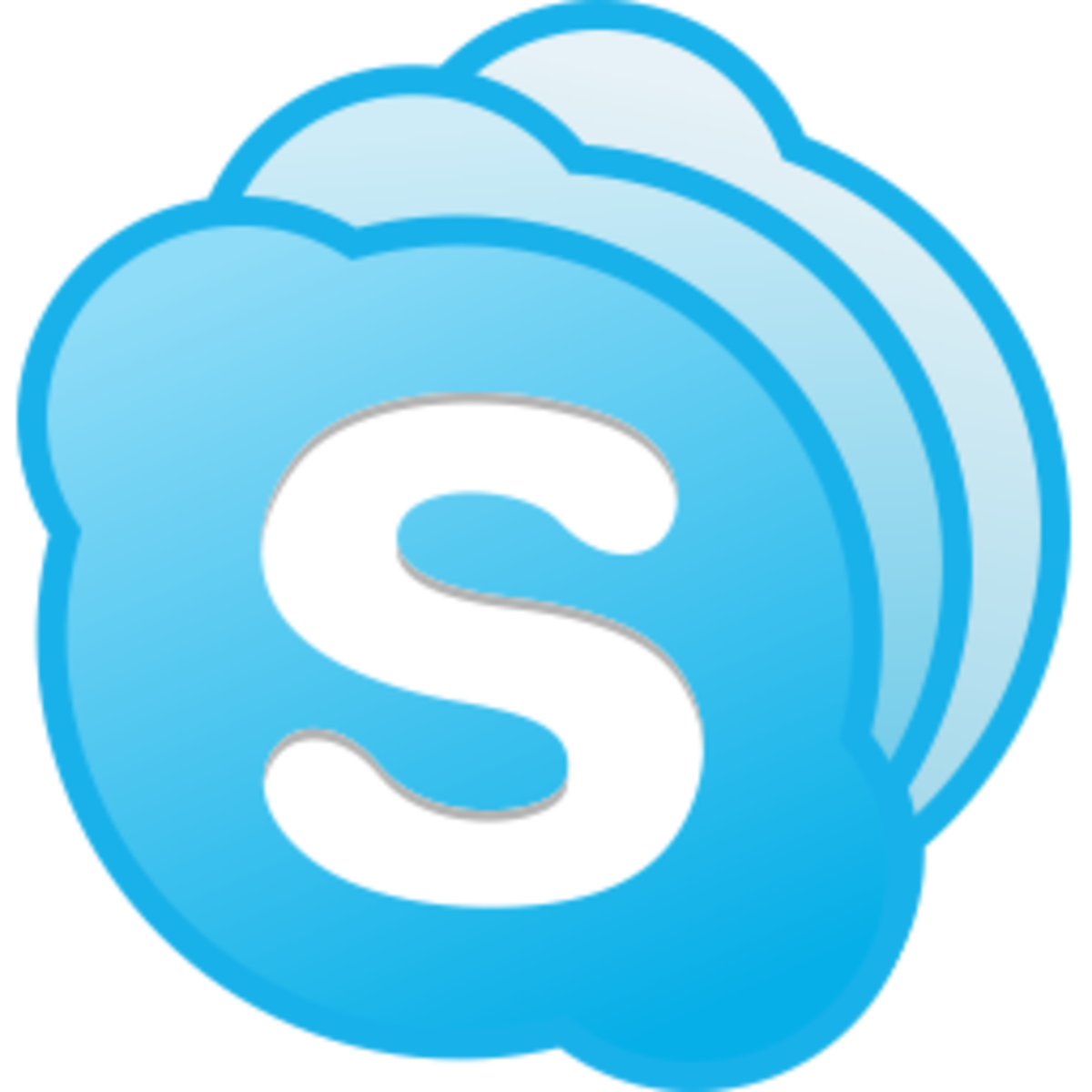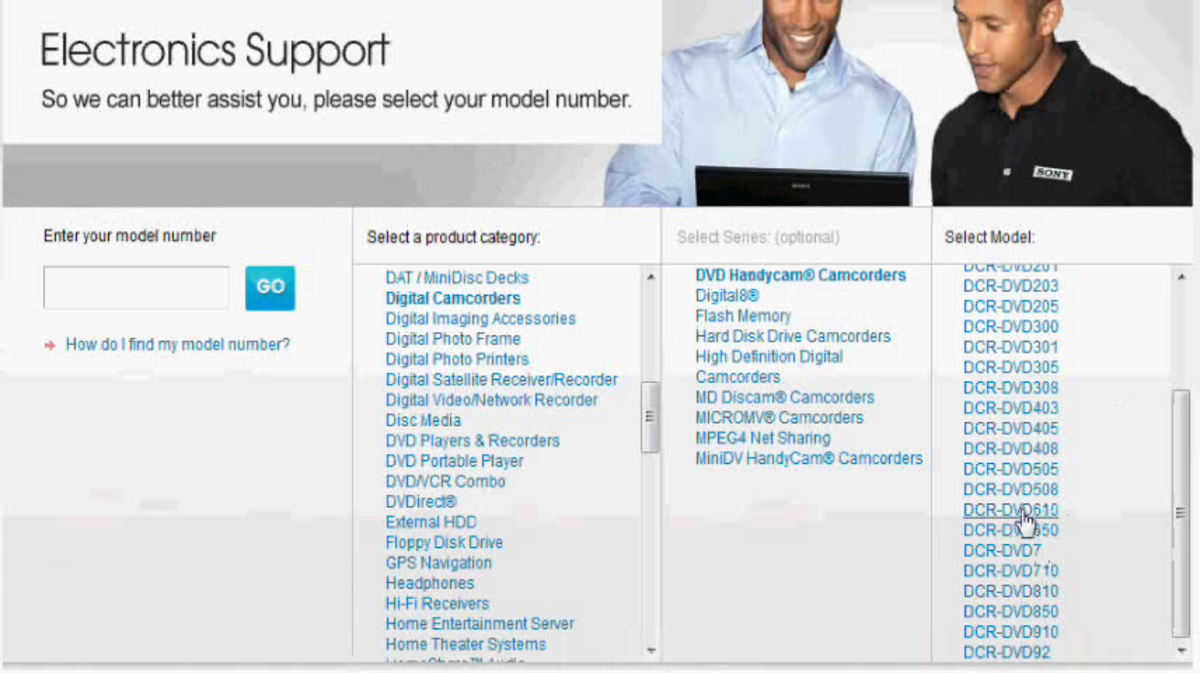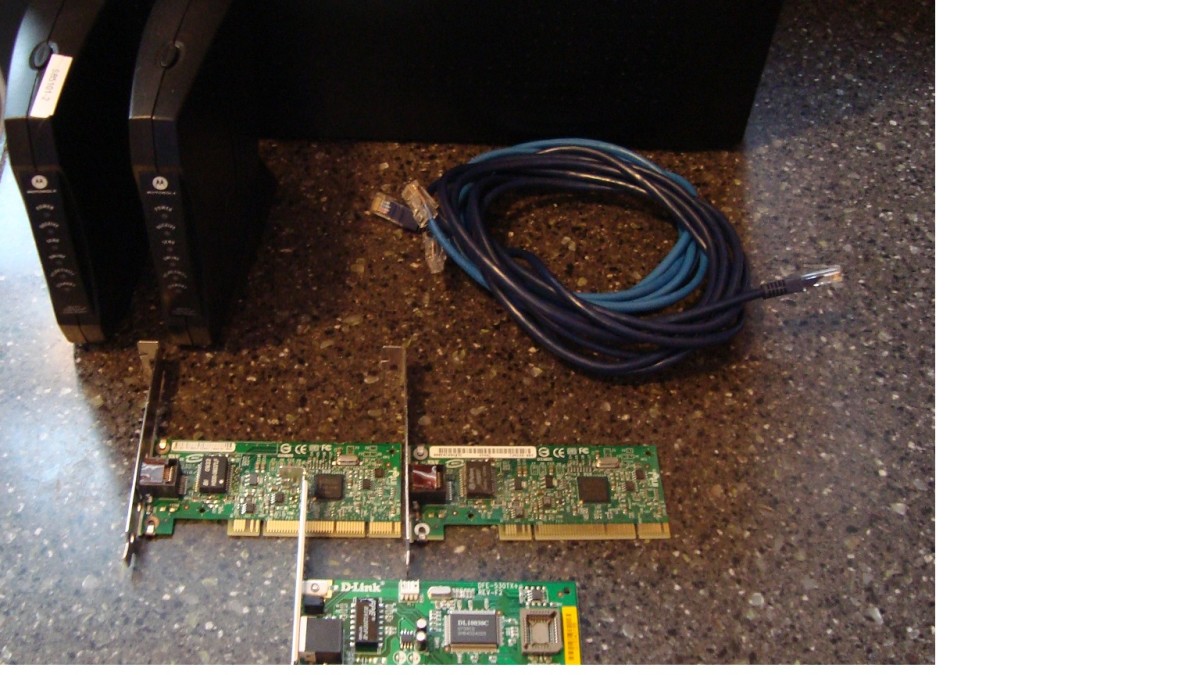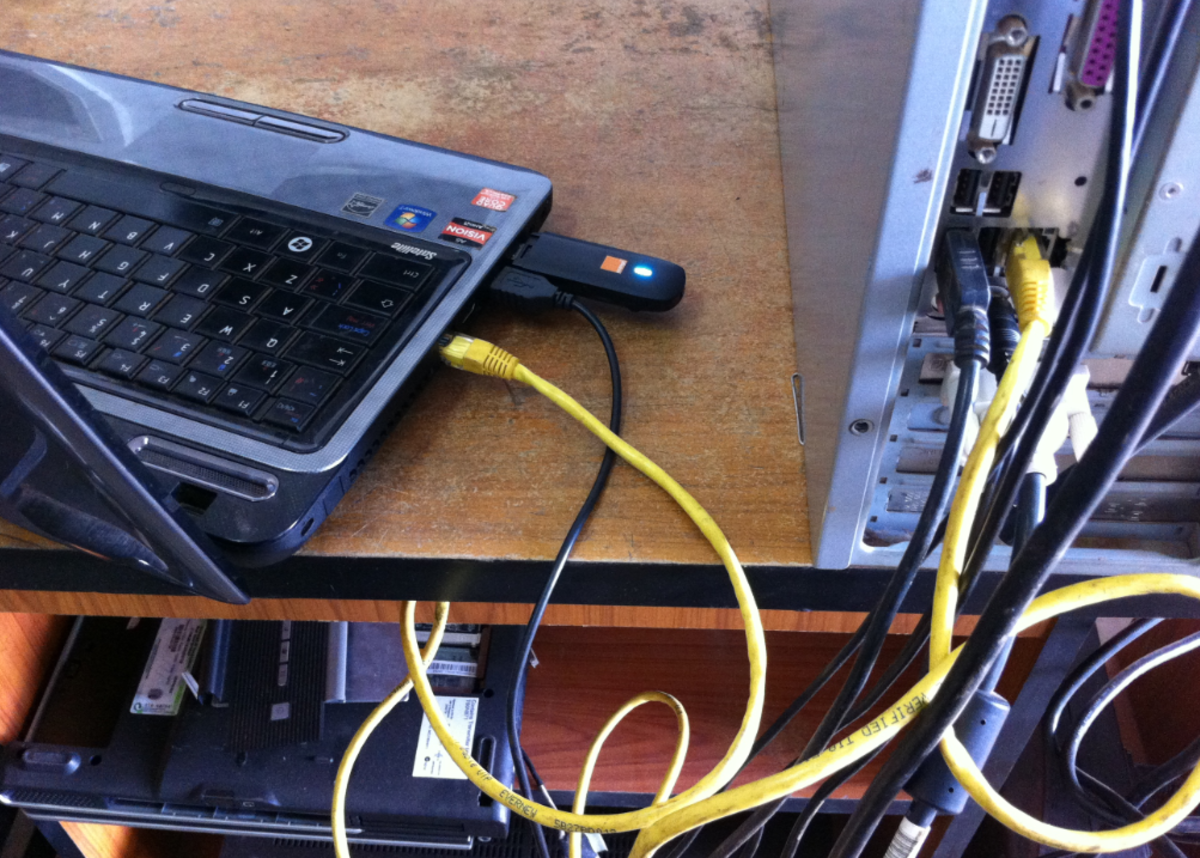Windows 7-8 Shutdown vs Hibernate vs Sleep vs Restart and other options Explained
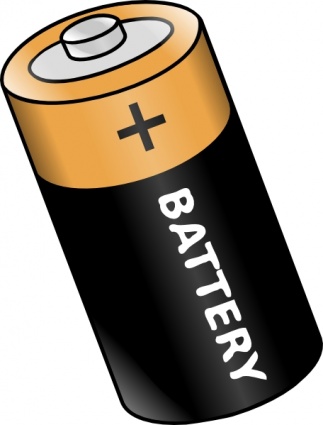
Learn the different power saving modes in Windows 7 for maximum power savings and start up time
In this tutorial, I teach you how you can use Windows 7 Shutdown, Hibernate, Sleep, restart, logoff, and locked PC most effectively to save you the most electricity possible, and start your computer fastest based on which power saving mode and logoff option you use in Windows 7.
Picking the right power saving mode can save you a lot of time, money, and power over time when you are not using your computer, laptop, or away from your desk for a short time.
You can access Shutdown, hibernate, sleep, restart, logoff, switch user, lock from the startmenu by clicking a small arrow on the right of the shutdown button on the bottom left of the shutdown button which is also used to shutdown your computer quickly.
I also talk about other options which you can find in your start menu power options like log off, lock, and switch users. How how to use them to maximize your security off your Windows 7 user accounts.
Plus, learn how to fix common shutdown and sleep problems in Windows.
Summary of Power Saving and Sign-out Options for Windows
Shutdown=off/power off
Hibernate=Power Off, but your session with open programs, and files get save before shutdown, so you can continue where you left off after Startup.
Restart=Reboot/Power off than power on to power cycle your computer.
Logoff=Signout from your Windows Account, and go back to the login screen for Windows.
Switch User=Your account stays sign in, but someone else can sign in with your account without signing out of your account, and when you sign-in again with your account, your open files and programs will be still open. But, if the other user who sign-in, restart, shutdown, or power off the computer, you get signed out, and your open files and programs won't be saved unless they hibernate.
Lock=Your account is locked, and protected from people without your login password for your account trying to access your account.
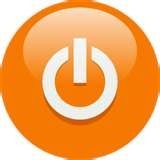
Shutdown vs Hibernate vs Sleep vs Restart , and when to use them.
Learn what all these power saving options do in Windows 7, and how to use them best.
Shutdown
When you Shutdown your computer, Windows will turn it off safely without damaging any files or your hard drive. Never pull out the power plug from the wall, or do a hard shutdowsn by holding down the power button since it may damage your files, computer, and drives.
Hibernate
Hibernate also called suspend will suspend your Windows account, and save your files, open folders, and programs, so when you power on your computer your Windows Account session will stay open, so you do not need to open them. You usually need a few gigabytes or at least 512MB of space to save open programs to a hibernation file.
When your computer is hibernated, it uses no power like shutdown. However, your startup times will be faster because your Windows session is saved to the hibernation file.
If you have problems like slow performance after hibernation, doing a computer restart or shutdown and power on usually fixes the problems causes by hibernarion.
Sleep
Sleep Mode also called Standby is similar to Hibernate. But, some parts of your computer will still be Power ON like your RAM, Motherboard and USB ports, keyboards, mouse, and Network card, so sleep uses a little bit of power.
But, power hungry parts like CPU, drives, fans, and other parts are off. Sleep is fastest to wake up compared to Power ON from Off, and Hibernate because all programs, Windows, and files which you are working ON are saved to RAM.
Restart
Restart is Windows Shutdown and automatically restarting to the Windows login screen or desktop if your computer is set to Auto-Login.
Restart usually fix problems related to slow performance caused by high RAM usage since Restart refreshes your RAM. Disabling startup programs before you restart with MSconfig/System Configuration usually makes Windows Restart and Start-up faster, and use less RAM and CPU when you use your PC.
Which Power Saving Option do you usually use?
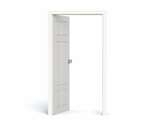
Log off, Lock, Switch User Explained
Learn what Logoff Lock, Switch User mean and when to use them in Windows 7
Log Off
Log Off means logging off of Windows 7, and back to your Welcome Login Screen. Log off will also close all your programs, and files, so the next time you log in to your Windows 7 user account again your desktop will be like when you turned on your computer to login to Windows like the last time.
It is best to use Logoff when you plan to not use your computer, and let someone else use the computer.
Lock
Lock means locking your desktop, so only you, or someone who knows your password and username can login to Windows. Lock is usually use when you plan to leave your computer on for a few minutes, but don't want co-workers, family, and friends using your computer when you are logged in.
Switch User
Switch Users let you Switch user accounts without the need to logoff your current user account, so you have two usernames logged into Windows at the same time, but you can only use one at the time. This is good if you or someone else does not want to logoff, but you need to use your user account for a while.
None of these options offer any power saving except for logoff since no programs except for the default Windows login program, and services are on, and your desktop is off. This means Windows will use a little less RAM, and CPU resources, but the power savings will be very tiny.
Logoff may also fix some problems with Windows without the need to restart your computer since logoff will close all programs on your computer, so when you login the programs won't slow down your PC. But, restart or shutdown and turning back on your computer will fix more slow down and problems with Windows, but it takes longer.
When you let other people use the computer, or you're away from the computer which do you use?
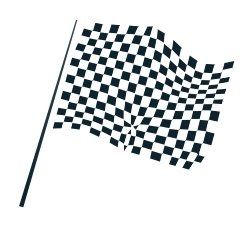
Make Windows Shutdown, Restart, Sleep, hibernate, and Logoff faster.
Tips to make Windows perform power options faster.
Close all programs, files, and folders which you don't need before you hibernate, sleep, or switch users to make your computer have a smaller hibernate file, or have less RAM usage in sleep and switch users.
Close all programs, files, folders system tray icons which you can exit, and desktop widgets before you logoff, restart, or shutdown, so Windows have fewer tasks to close.
Wait 20 seconds after you close your programs, files, and folders before you shutdown, restart, or logoff which may help with freezing/End task during shutdown.

What to do if Windows won't to shutdown or restart because it is frozen?
Tips on what to do when Windows won't shutdown, freezes, or crashes.
Usually when Windows won't shutdown or freezes, you just need to wait, and it would shutdown, restart, or be unfrozen after a few minutes or more. If you can, I recommend closing programs in your system tray, and taskbar to free up RAM, and CPU cycles to make Windows shutdown if it is a program open in your system tray or taskbar which is slowing down your shut down.
If your PC is still frozen, you can usually just hold down the power button for a few seconds, and your computer would power off.
Some older computers have a restart button on the computer front to force restart your computer which you can press to force restart your computer when Windows refuse to restart.
Videos on Getting back the classic startmenu in Windows 8 to access power saving options faster - The classic startmenu is gone in Windows 8, so shutting down,
There is a program called Classic Shell which is free. Classic Shell lets you get back the classic Windows Startmenu and Startmenu, so you can shutdown, restart, logoff, sleep, and hibernate faster instead of going to the right corners than settings than power to access the power controls.
Classic Shell is free unlike some Startmenu programs which cost $5 or more.


